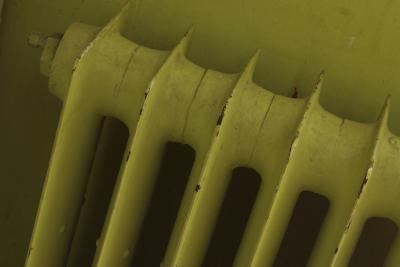
Plastic radiators are made from a nylon material that is able to withstand extreme temperatures and pressure. If a plastic radiator is damaged or cracked it needs to be repaired with a similar material. Cracks in plastic radiators require a nylon welding material that is able to stand up to similarly extreme temperature and pressure, as an ordinary sealant or adhesive will eventually break down, making the crack even more difficult to repair.
Thoroughly clean the plastic radiator with soap and water. Scrub the radiator with a scouring pad to remover grime and debris. Pay special attention to the cracked area.
Cut a V-shape groove around the cracked area. Use a V grooving tool or the tip of the welder. The groove allows the melting rod to better penetrate and seal the damaged area.
Hold a heat gun over the crack to soften the plastic. When the plastic becomes glossy it is ready to be patched. The heated plastic is more malleable and easier to patch.
Patch the damaged area with a nylon welding rod and an airless plastic welder. Work on one inch at a time. Hold the tip of the welder to the nylon welding rod. The rod takes on the color of the radiator plastic as it forms an airtight seal. Continue welding until you have patched the entire crack.
Smooth the patched material with the tip of the welder to make a smooth and even patch.